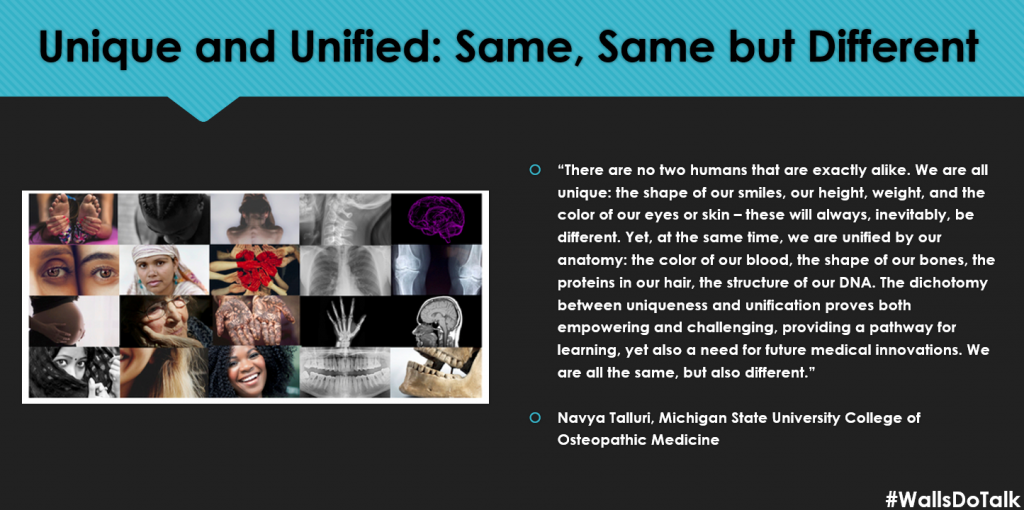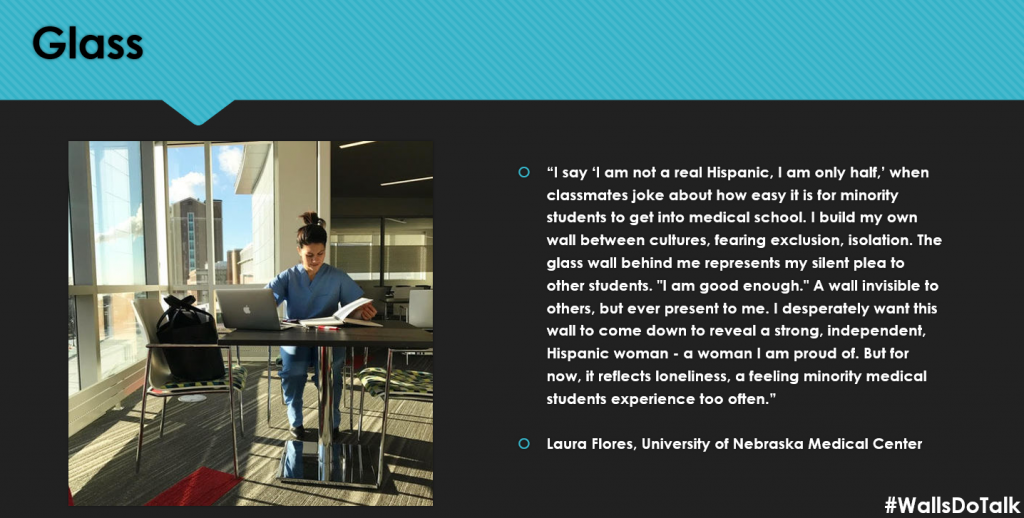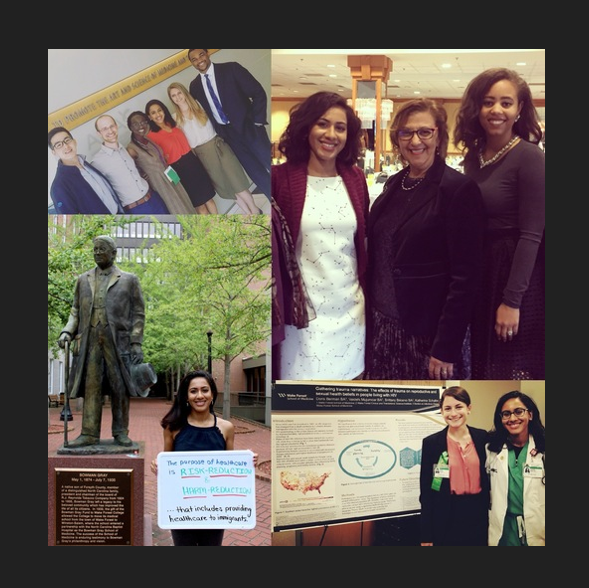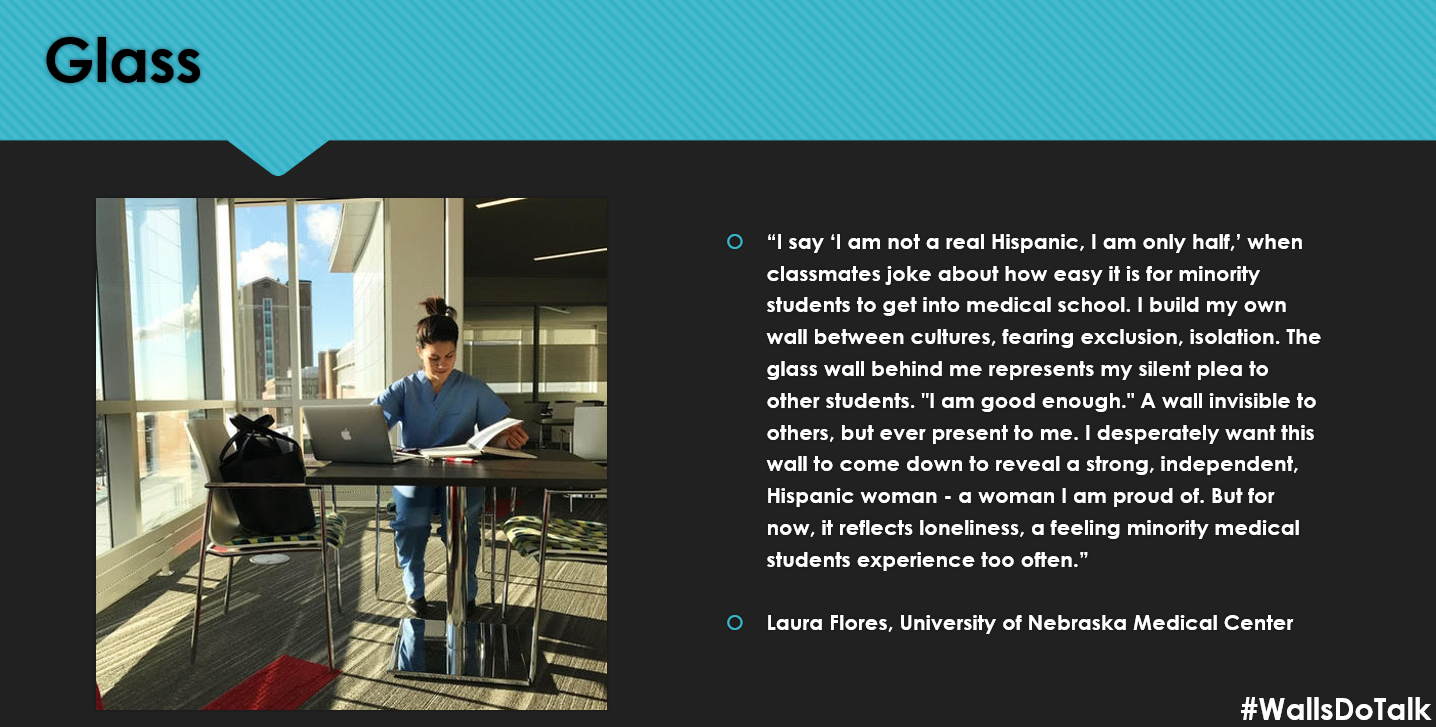By: Julie K. Silver, MD
In 2017, for the first time ever, women made up the majority of first year medical students in the United States. Although this is wonderful progress, there continue to be many challenges for all physicians who come from one or more underrepresented groups. For example, there have been many female physicians in the workforce for years, but research shows that even when accounting for other factors, they are not paid equally for similar work and do not advance equitably in their careers. Helitzer et al wrote about this problem and noted that women in medicine are not advancing at the expected rate according to critical mass theory which predicts that once the proportion of female faculty reaches a threshold of approximately 30%, their impact on the culture of academic medicine should be evident. It has been more than a decade since women achieved critical mass with little change in representation in top level positions.
Here are a few things we know from the literature (of note is that the gender spectrum has not been well studied, and published reports on workforce equity usually focus on the categories of women and men):
- Women fall behind early in their careers and typically do not ever reach the same levels as men, even when accounting for other factors (e.g. taking time off work to have children).
- Gender bias creeps into letters of recommendation and performance evaluations (including in medical school) and put women at a disadvantage.
- Everyone has unconscious bias (this is called implicit bias).
- Stereotypes are learned and may influence how people are valued, respected and treated.
So, if we know that women are falling behind—through no fault of their own—and that it starts early, and we also recognize that implicit bias and stereotypes may be contributing to problems, then it behooves us to ask ourselves this question: Are we training medical students in an optimal anti-bias learning environment?
At the 2nd annual Harvard Women’s Leadership CME course held in Boston in November 2017, we decided to hold a contest that we called the Walls Do Talk Challenge. The goal of this contest was to empower medical students to weigh in on their physical learning environments, which may unintentionally be supporting stereotypes of men as leaders. For example, many medical schools have “honor walls” that have portraits of current or historical leaders. I wrote an article titled “Do the Portraits Hanging in Medical Schools Hurt Women and Minorities?” about how these honor walls might unintentionally be sending messages to people about what future successful physicians and/or leaders should look like based on historical or current images.
For the Walls Do Talk Challenge, we invited medical students to take a “blank canvas” and design an alternative wall. They had the opportunity to design their wall any way they wanted—draw, paint, use computer-generated images or photographs, sculpt, build, weld, etc. The wall design concepts did not need to include portraits. They were instructed that the designs should promote one or more of the following:
- Medical education (learning)
- Physician/student wellness
- Patient healing
- Future innovation
- Diversity and inclusion
There were nine finalists and two official votes that took place (so two winners were selected). Each winner received $500 and all finalists received $50-100. The first vote was conducted at the Harvard Women’s Leadership course, and the attendees selected Navya Talluri’s entry titled “Unique and Unified: Same, Same but Different”.

Following the course, there was a public vote, and Laura Flores’s entry titled “Glass” won.

Both winners received positive support from their schools. For example, Michigan State University College of Osteopathic Medicine posted on their Facebook page: “To say we are proud doesn’t even cover it. Congratulations to OMS 4 Navya Talluri for producing the beautiful and thought-provoking WINNING entry for the #WallsDoTalk Challenge!” The University of Nebraska Medical Center also posted information on social media about Laura Flores’ entry—calling it “profound”—and published an article that explained more about it.
The seven other finalists provided incredibly interesting and thought-provoking contributions. For example, two of the finalists created “design thinking” models that were truly fabulous and “out of the box.” Juliette Gerardo from California Northstate University College of Medicine proposed, “Instead of static historical walls, interactive and dynamic touchscreen panels could showcase student and faculty diversity, achievements and innovations.” Her clever concept involved eye-level touch screens where prospective students and current patients could learn more about the medical school community through a simple touch screen that shared information about every category in the Walls Do Talk Challenge. Biqi Zhang from Harvard Medical School created a wall concept based on a report published in Academic Medicine by Ackerly and Stein who proposed a framework for career paths in health care. In Zhang’s fascinating wall design she creatively depicted a 3-way Venn diagram of policy, management and research that falls within the wider bounds of frontline clinical care and medical education. The 5-part framework was flanked by screens/monitors that exhibited short videos—on loop—which shared more information about the medical school and its community.
Finalist Sarah Smith, a medical student at the University of Queensland Ochsner School of Medicine who is interested in the field of Physical Medicine and Rehabilitation, designed an inspirational wall that represented the journey a patient takes from surgery to rehabilitation and recovery. Damilola Olatunji at the Ohio State University College of Medicine said, “as a young African American woman striving to earn a medical degree, it is extremely important for me to remember the trailblazers who came before me.” She called her wall “She Sees It, She Achieves It” and wrote about how important it is for women to envision their goals and created a futuristic newspaper with the front page showing an inspiring combination of the past, present and future accomplishments of a diverse group of women, including herself. Sunober Siddiqi from the University of California, Irvine School of Medicine submitted a paint-by-numbers nature mural of a gorgeous and soothing flower that students, physicians, patients and others can create together and wrote that “art has been used as a catharsis for centuries.”
We devised the Walls Do Talk Challenge as a contest that other medical schools could easily replicate. We realized that many medical educators, administrators and executives were already talking about medical school and hospital walls, and we knew that some schools had initiatives to “put more women leaders on the walls”—an effort that might take many years to achieve since there are so few women physicians at the highest leadership/executive levels—especially women who come from more than one underrepresented group (e.g. ethnic/racial minorities, LGBTQ or those with disabilities). Of course, this is not a “women’s issue,” because every student, regardless of gender or other factors, benefits from learning in an anti-bias environment. Finalist Vaidehi Mujumdar from Wake Forest School of Medicine wrote about her wall design, “I work to create change from within spaces that have historically not been available to someone like me—a woman, an immigrant, and a person of color. Visual representation in those spaces matters not only to the communities we serve, but to those that come after us.” Her design, called “Inserting Yourself” showed her holding an immigrant health campaign sign next to a large male statue at her medical school and standing in front of her research poster at a professional conference. Mujumdar also included an image of her posing with a diverse group of leaders at the American Medical Association headquarters in Chicago, and this image helps to remind us that our students are influenced beyond medical school borders and leaders at all health care organizations and institutions should consider their walls and other physical spaces to ensure that they are inclusive.

Balancing the importance of recognizing the complex history of medicine and the extremely valuable contributions of past and current leaders with the need to create an anti-bias learning environment is indeed a challenge. Our dean at Harvard Medical School, George Q. Daley, MD, PhD, is tackling this through a task force that is actively assessing the walls throughout the campus. Dean Daley said, “The art that we display on our walls should make everyone feel like they belong here.” Daley’s leadership on this issue highlights an important message—we should always strive to be more equitable and inclusive tomorrow than we are today.
Finalist Kirstin Weider from Michigan State University College of Osteopathic Medicine called her wall “Inspire, Unite” and wrote, “The goal of my wall is to remind medical students and anyone walking through the hospitals of the meaning behind the work that they are doing. While it is easy to get caught up in the mundane, monotony and stress of work, the aim of this wall is to remind on-lookers of the joy, passion and inspiration that can be found in hard work done for a greater purpose.” May we all live by these words and ensure that this message is consistently represented in health care learning and work environments.
How can you start a Walls Do Talk Challenge at your medical school?
- Share this post with your peers and teachers and engage in a respectful discussion about the challenges associated with creating an optimal anti-bias learning environment.
- Look around your school’s campus and notice the walls—do they promote an anti-bias learning environment?
- Consider having a Walls Do Talk Challenge at your school—with the support and engagement of the faculty and administration—and invite medical students to create a wall design.
- Report back to all stakeholders the various wall design “visions” that the medical students at your institution suggested for their learning environment.
Julie K. Silver, MD is an associate chair and associate professor in the Department of Physical Medicine at Harvard Medical School. She is on the staff at Massachusetts General, Brigham and Women’s and Spaulding Rehabilitation Hospitals. You can find her on Twitter @JulieSilverMD and follow the conversation at #WallsDoTalk.

